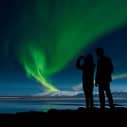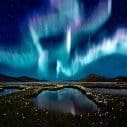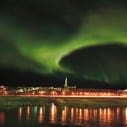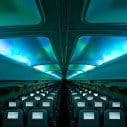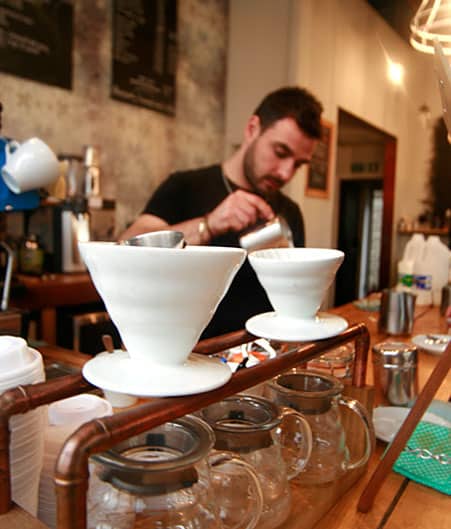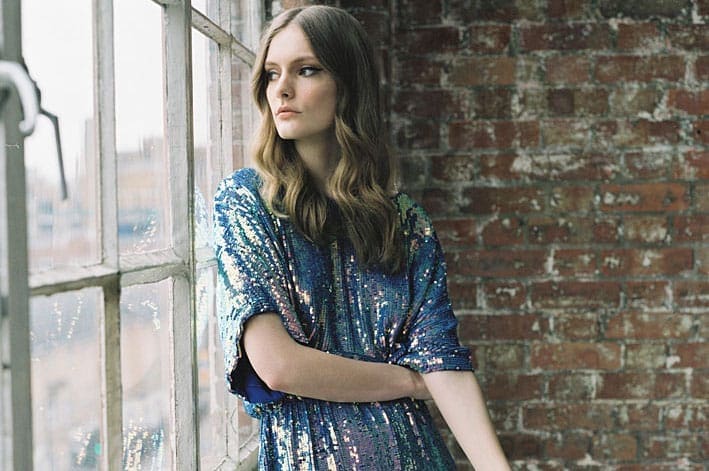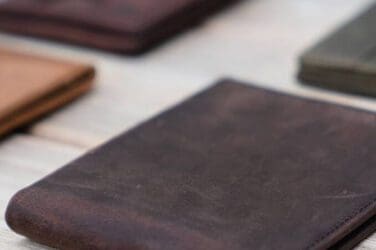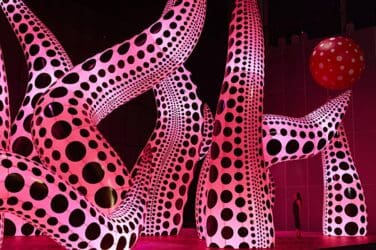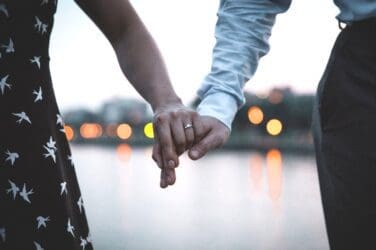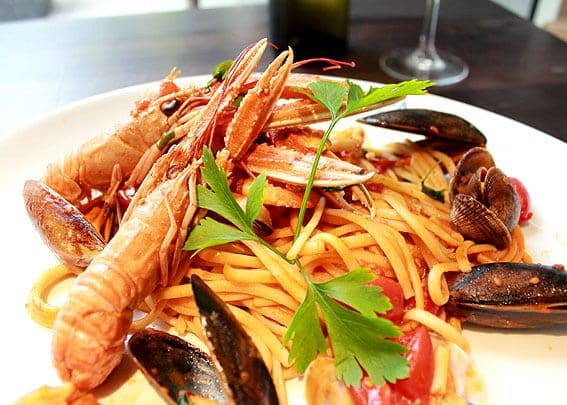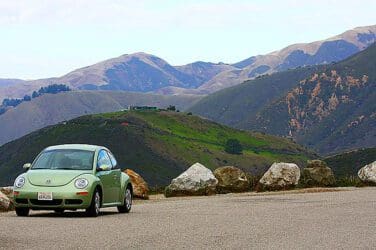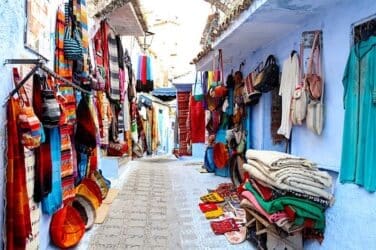words Chris Zacharia
My father is from Cyprus. Growing up, he insisted that we holiday there every summer. School holidays repeated themselves every year, like Groundhog Day but with Sonny & Cher replaced by a gleeful bouzouki.
Weirdly, as a family we’d pretend to plan something else – “Kids! How about two weeks in Thailand?” my mum would suggest – knowing full well that when July 26th came, we wouldn’t be skiing, or visiting Janet in Switzerland.
No, we’d be clinging on to the jump seats of another complimentary Cyprus Airways flight. Or at least we would, until they went bust. Still, I shouldn’t bitch – birthdays at Ayia Napa were, despite the banana daiquiris, pretty good, considering the English alternative would’ve been to hire a village hall for one of those depressing why-are-the-adults-still-here ‘parties’. Somewhere truly exciting – like, say, Iceland – was never on the cards, even as I began to go on my own holidays.
Iceland is one of those countries that everyone means to visit, but can never quite reach. It’s like one of those plug sockets that sit right behind a massive, immobile cabinet, inconvenient and not near enough to anything else. Other European countries invite casual strolling across borders, but Iceland is singularly remote. Unless you’re fond of the Arctic Circle, or in the market for some as-yet undiscovered oil, it’s unlikely that Iceland’s neighbours tempt you.
Icelandair’s decision to offer a stopover in Iceland, at no extra cost, when flying to north America is a rational response to this. Suddenly a trip to Iceland makes sense, rather than feeling like a protracted mission to Mars.
Geologically, it’s the youngest land formation in Europe. From above, you can tell: the black soil of the foothills and ridges is unmistakably volcanic, giving Iceland’s coastline a soggy look, as if it only recently emerged from the sea.
But Iceland is a curious place. It has been inhabited for ‘only’ 1,200 years, a comparatively short period of time: Italy had seen the rise and fall of the world’s greatest empire to date before a single man had set foot on the island.
Reykjavik, the capital, is small by any standard, yet always ranks highly in lists documenting the most prosperous cities in the world. It has an intelligent, Scandinavian feel, full of sophisticated jazz bars and impressive seafood restaurants. Friendly, good-humoured and talkative, the people of Reykjavik were consistently welcoming with a wry, droll wit. I did spot one guy chucking a glass bottle high into the air behind him, shattering on the doorstep of a house, so at least a few are not all that different from the folks of Clapham, although at least there’s no VodkaRevs.
Lit up at night, the harbour has a dreamlike quality, boats bobbing in the black of the bay. A colourful defiance reveals itself in the buildings, a mixture of 19th century splendour-in-stone and jazzy townhouses.
No matter how alluring the charms of Reykjavik, the majority of travellers are going to visit Iceland’s unique geographical features: the geysirs, the sulphur pools, the waterfalls. On the west coast of the island, three remarkable examples of Iceland’s untamed interior lie within a few minutes’ drive of one another. Gulfoss Waterfall is the kind of majestic demonstration of raw power that makes you understand how fanciful Nordic legends came to be believed; the Geyser geysir (no typo, honestly) explodes every five to eight minutes, and the geothermal pools are glorious. All three are iconic to Iceland, entirely distinct from almost anything else to be found elsewhere in Europe. Even without Icelandair’s helpful stopover, these would be worth the visit.
But when you really get down to what people want to see in Iceland, it’s the northern lights. Witnessed during the long arctic winter, the northern lights are understandably popular in the imagination of travellers. Almost supernatural in their vivid, ephemeral colours, aurora borealis is caused by electrons and ions projected by the sun at over 4,000 kilometers per hour colliding with the magnetosphere, the Earth’s magnetic field, which pushes them towards the poles, where they lose altitude and collide with hydrogen molecules and oxygen molecules.
Iceland’s stylish national carrier, Icelandair, know that visitors to the island are excited by the prospect of witnessing the spectacular sight of the aurora borealis. To prove it, they’ve designed one of their fleet of Boeing 757s to reflect the northern lights: the Hekla Aurora is patterned in navy, turquoise and indigo on the outside, and features a strangely comforting ethereal light show within. Just above the overhead compartments, a silvery pattern of greens, blues and violets are projected overhead. It’s far classier than it sounds, but still no compensation for seeing the real thing. Which, thanks to a stubborn blanket of cloud, I never did. I’ll make do with YouTube, for now.
Iceland is not a large country, and getting around is pretty easy – even when the weather is harsh. Excursions into the wild, untamed countryside are worthwhile. Whether or not you’re lucky enough to see the northern lights, a trip to one of Iceland’s many geothermal hot springs is essential. Natural hot tubs lurking in the fields, large enough to fit hundreds at once and warm enough to make the snowstorm raging around your head feel like a refreshing breeze. The steam arising from the water smells like sulphur – which reminds you of eggs – but that’s a small price to pay. We took a late-night dip in the Secret Lagoon, where the water reaches a deeply satisfying forty degrees, a few cans of beer knocking about for refreshment, watching the clouds roll overhead. If these places existed in Britain, you’d never go to the pub again.
The most famous of the geothermal springs is the Blue Lagoon, which has been developed into a kind of super-spa with a cosmopolitan, global feel. You hear the specific tones of mid-Atlantic accented English at every turn in the spacious, tiled corridors of the labyrinthine spa complex. Everyone wanders around in the same white dressing gowns and black flip-flops. Around the azure-blue water of the lagoon, faces bob up and down covered in silica mud, a thick whitish cream. Crates dotted around the water are full of the silica mud, which softens the skin. Afterwards, your skin feels very tender, almost raw; the wind on your face has a new edge to it.
Looking around, there’s a sense of the surreal: people from around the world, playfully bathing in water so blue it looks like it’s never been touched before, while in the distance snowy plains and mountains arise, a landscape as harsh and unforgiving. The juxtaposition of sophistication and wilderness is electrifying; you feel like you’re on the very edge of the world.
This sense is heightened by the Blue Lagoon’s restaurant, which is curiously magnificent. Built into a lava cliff, a spacious cave-like chamber with enormous floor-to-ceiling windows houses a fleet of dining tables. We’re still in our white towels. This is, by quite some distance, the closest I’ve come to actually being a Bond villain: sipping champagne in pristine robes, looking out of my cave-fortress into the snowy wastelands. It helps that the food is remarkably good. The first bite of my slow-cooked Arctic char is outrageous.
As we go for one last dip in the sky-blue water, in the middle of a particularly savage blizzard, I can’t help but think to myself: I’m going to be in America tonight. It’s rewarding, to see a unique part of the world on what might otherwise be a routine journey across the water. Most of all, now I can say I got to witness the northern lights from within an aeroplane. And how many people can claim that?
To find out more about Icelandair’s stopover offer, visit www.icelandair.co.uk/flights/stopover
words Chris Zacharia


